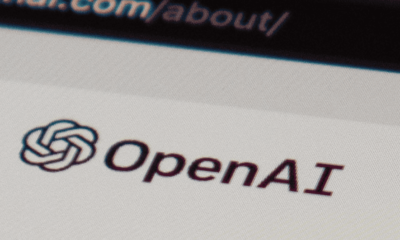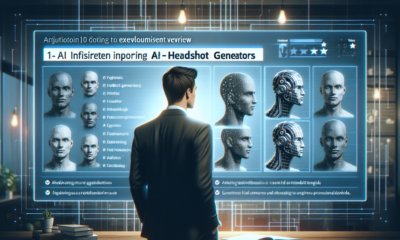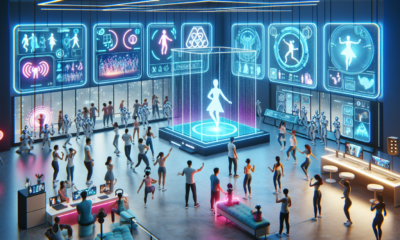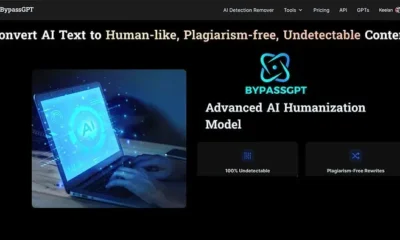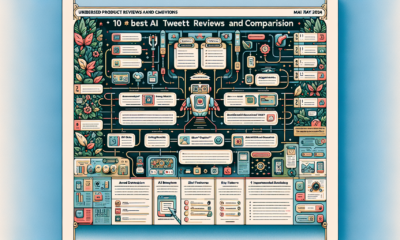AI Tool
Unveiling the Mystery: How Can AI Interpret Dreams?
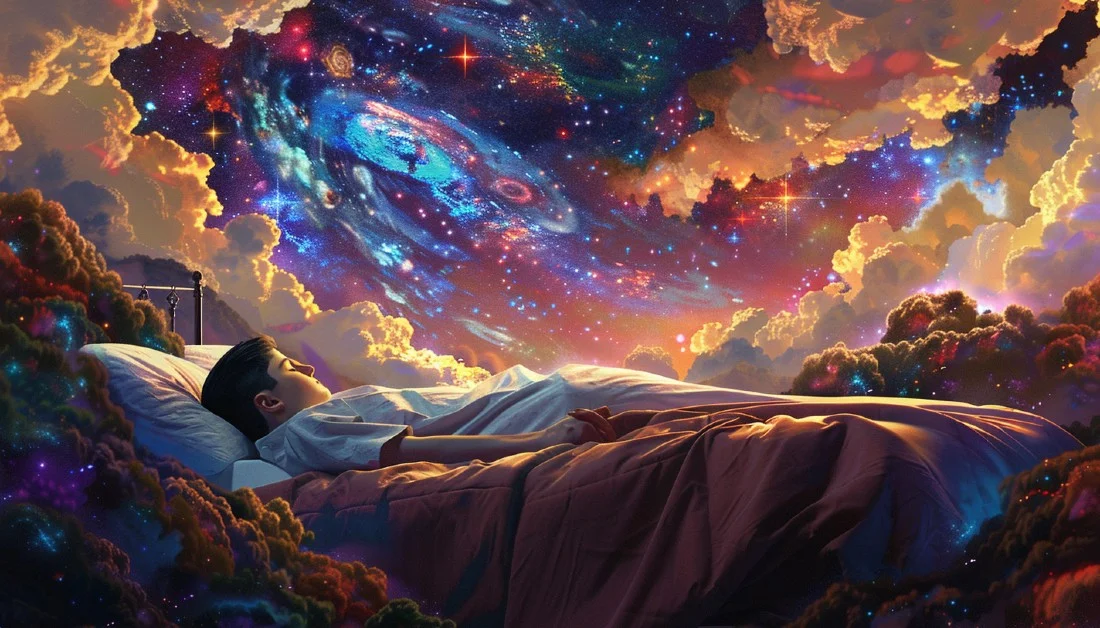
Many have pondered the enigmatic realm of dreams, seeking to decipher their hidden meanings. In this article, we research into the fascinating intersection of artificial intelligence and dream interpretation. From the complexity of our nighttime visions to the potential applications of AI technology, we explore the current landscape and future possibilities of understanding the symbols and messages that emerge during our slumber.
Why Would You Need AI to Interpret Dreams?
The Limitations of Human Dream Interpretation
To truly decipher the intricate meanings behind our dreams, we often need to look beyond the surface level. Human interpretation can fall short due to the complexity and subjective nature of dreams. Our conscious minds may struggle to make sense of the deeper subconscious messages that dreams hold.
The Potential of AI in Unraveling Dream Mysteries
Dream interpretation has long been a fascination for many, and the potential of AI to unravel these mysteries is an exciting prospect. With advanced technology and innovative approaches, AI has the capability to investigate deep into the subconscious realm of dreams, providing insights that may elude human interpretation. The intersection of neuroscience and AI opens up new possibilities for understanding the enigmatic world of dreams.
Limitations exist with current methods of dream interpretation, as human understanding can be limited by biases and subjectivity. AI has the potential to offer a more objective and comprehensive analysis of dreams, aiding in the discovery of their true meanings.
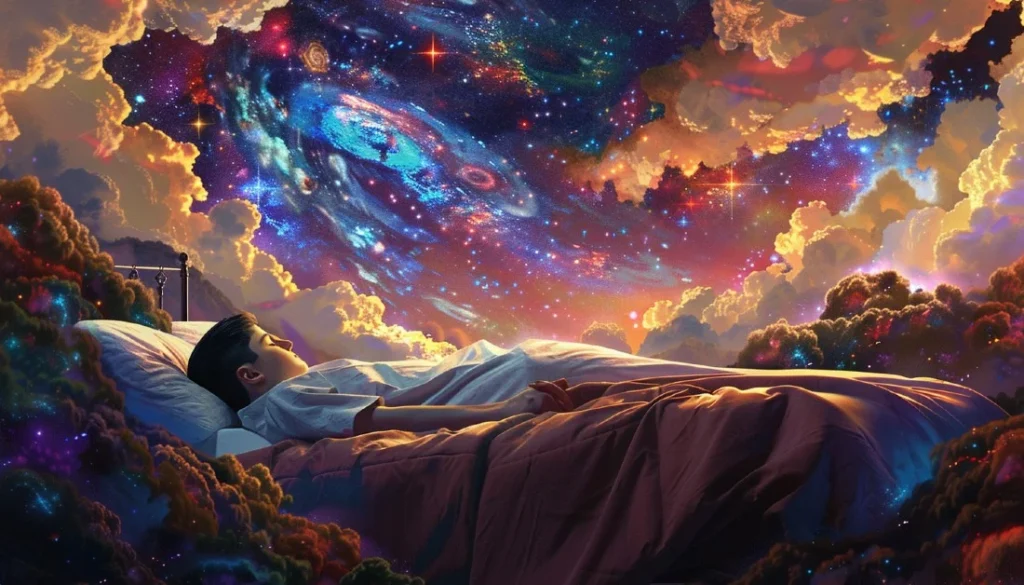
Can You Use AI for Dream Interpretation?
The Current State of AI in Dream Analysis
With researchers making progress in artificial intelligence dream interpretation, the technology is still in its early stages. While it is technically possible to use AI for dream interpretation today, accuracy remains a significant challenge.
The Promise of AI-Driven Dream Insights
Promise Analysis: While accurate AI dream interpretations are not yet widespread, ongoing research shows promising results. Studies conducted in 2023 have demonstrated the feasibility of using AI for dream analysis. With the right resources and funding, the technology may soon revolutionize how we uncover the hidden meanings behind our nighttime visions.
The Technology Behind AI Dream Interpretation
Natural Language Processing (NLP) and Dream Texts
On the surface, natural language processing (NLP) plays a vital role in interpreting dream texts. By analyzing the text-based descriptions of dreams, AI models can start unraveling the meanings hidden within the subconscious mind.
Machine Learning Algorithms and Dream Patterns
Machine learning algorithms examine into the intricate patterns present in dreams, helping to decode the complexities of the dreamer’s subconscious. By identifying recurring themes and symbols, these algorithms contribute to a more nuanced understanding of dream interpretation.
Interpretation of dreams using machine learning algorithms involves a deep exploration of the connections between various dream elements. By analyzing patterns, frequencies, and associations, AI can assist in revealing the underlying messages embedded within the dreamer’s psyche.
Neuroimaging and Brain Activity Analysis
One of the cutting-edge methods in AI dream interpretation involves neuroimaging and in-depth analysis of brain activity. By utilizing functional magnetic resonance imaging (fMRI) scans, AI models can accurately reconstruct the images and texts perceived during dreams.
Through the advanced analysis of brain activity and neural responses, AI technology can offer a deeper insight into the dreamer’s subconscious thoughts and emotions. By decoding the neural patterns associated with specific dream content, AI-driven interpretations aim to shed light on the intricate realm of dreams.
Ways You Can Use AI to Interpret Dreams
How AI Can Analyze Dream Journals
With the advancement of AI technology, analyzing dream journals through text-to-text generation is now possible. By inputting detailed descriptions of dream narratives, users can receive interpretations based on patterns and similarities identified by the AI model.
The Role of Sentiment Analysis in Dream Interpretation
Text-to-text generation can be enhanced through sentiment analysis in dream interpretation. AI models can analyze the emotional context of dream descriptions, providing a deeper insight into the dreamer’s subconscious thoughts and feelings. This nuanced approach adds another layer of interpretation to the overall analysis.
Decoding Brain Waves for Dream Insights
On the cutting edge of dream analysis, decoding brain waves for insights utilizes EEG technology to translate neural activity into text-based dream narratives. This approach provides a direct link between brain function during REM sleep and the content of dreams, offering a unique perspective on the dreamer’s unconscious processes.
The Future of EEG-Based Dream Analysis
Dream analysis through EEG technology holds promise for the future of understanding dreams. By capturing and interpreting brain waves during sleep, researchers can explore deeper into the complexities of dream content and potentially unlock new insights into the nature of dreams and their significance.
Visualizing the Brain’s Dreamscapes
For a visually immersive experience, visualizing the brain’s dreamscapes using AI technology offers a novel approach to dream interpretation. By translating brain activity into dynamic visual representations of dreams, individuals can gain a more vivid and interactive understanding of their nighttime experiences.
The Potential of fMRI in Dream Research
Analyze”>To explore deeper into dream research, fMRI technology presents a wealth of potential for understanding the brain’s role in dreaming. By capturing detailed images of brain activity during sleep, researchers can gain valuable insights into the neural processes behind dream formation and visualization.
Translating Brain Activity into Dream Narratives
On the frontier of dream analysis, translating brain activity into dream narratives offers a technologically advanced approach to understanding dreams. By decoding complex brain signals into coherent text-based dream descriptions, researchers can bridge the gap between brain function and dream content.
The Challenges of fMRI-Based Dream Interpretation
Translating”>To overcome the challenges, translating fMRI data into meaningful dream interpretations requires a nuanced approach. Researchers must navigate the complexities of brain imaging technology to extract accurate and insightful data on dream content, ensuring that the interpretations remain grounded in scientific rigor.
The Science Behind Dreaming and AI Interpretation
The Neuroscience of Dreaming and REM Sleep
Behind the enigmatic veil of dreaming lies the science of rapid eye movement (REM) sleep. This stage of sleep is characterized by heightened brain activity and vivid dreams. By studying brain activity scans during REM sleep, researchers have begun to uncover the neural processes involved in dreaming.
The Psychology of Dream Symbolism and AI Analysis
Dream symbolism has long fascinated psychologists, with theories suggesting that dreams reflect underlying emotions, memories, and desires. AI analysis of these symbols holds the potential to provide insights into our subconscious minds. As AI technology advances, we may gain a deeper understanding of the psychological dynamics at play in our dreams. It is fascinating to consider how AI can assist in unraveling the intricate symbolism hidden within our dreams, shedding light on our innermost thoughts and feelings.
The Benefits of AI-Driven Dream Interpretation
Enhanced Self-Awareness and Personal Growth
Your dreams hold hidden messages that AI can help uncover, leading to enhanced self-awareness and personal growth. By interpreting the symbols, themes, and events in your dreams, AI can provide insights into your subconscious needs and desires, helping you understand yourself better.
Improved Mental Health Diagnosis and Treatment
Self-awareness plays a crucial role in mental health diagnosis and treatment. AI-driven dream interpretation can offer a deeper understanding of your emotions, relationships, and past trauma, aiding therapists and psychologists in providing more accurate diagnoses and personalized treatment plans.
For instance, AI algorithms can identify patterns in dream content that correlate with specific mental health conditions, enabling early detection and intervention. This technology could revolutionize the field of mental health by enhancing diagnosis accuracy and treatment effectiveness.
Unlocking Creative Potential through Dream Analysis
Your dreams are a treasure trove of creativity waiting to be unlocked. AI-powered dream analysis can help you tap into this creative potential by deciphering the symbols and narratives in your dreams, inspiring new ideas, and artistic endeavors.
Analysis of dream content can reveal underlying themes and emotions that spark creativity and innovation. By harnessing the power of AI for dream interpretation, individuals can explore new realms of imagination and unlock their full creative potential.
The Drawbacks of AI-Driven Dream Interpretation
The Risk of Misinterpretation and Bias
Now, the risk of misinterpretation and bias is a significant concern when it comes to AI-driven dream interpretation. According to a survey, there is a high likelihood of hallucinations in AI models, potentially leading to inaccurate interpretations of dreams. This could have detrimental effects on individuals seeking meaningful insights from their dreams.
The Limitations of Current AI Technology
Dream interpretation using AI technology is still in its early stages, and there are limitations to consider. It may struggle to accurately decipher the intricate and symbolic nature of dreams, as highlighted by the complexity and personal nature of dream content. While advancements have been made in utilizing brain activity scans and generative models, the technology is not yet fully equipped to provide precise and reliable interpretations.
The Importance of Human Oversight and Context
Drawbacks in AI-driven dream interpretation underscore the necessity of human oversight and context in analyzing dream content. While AI can offer insights and potential interpretations, human intuition and understanding are crucial in providing a holistic and accurate analysis. Human oversight ensures that the nuances and subtleties of dreams are considered, mitigating the risks of bias and misinterpretation that AI may present.
Real-World Applications of AI Dream Interpretation
Mental Health and Wellness
The human mind is a complex landscape, and AI dream interpretation can offer valuable insights into mental health and overall wellness. The ability to decipher the symbolism and underlying meanings in dreams can provide individuals with a deeper understanding of their subconscious thoughts and emotions. This could potentially aid in therapy and personal growth.
Creative Industries and Artistic Expression
Dreams have long been a source of inspiration for artists and creatives, but AI dream interpretation could take this to a new level. By analyzing the imagery and themes in dreams, AI has the potential to spark new ideas and innovations in the creative industries. It could help artists unlock their subconscious and express themselves in new and meaningful ways.
Business and Marketing Strategy
In business and marketing, understanding consumer behavior and desires is crucial. AI dream interpretation could provide valuable insights into the subconscious desires and fears of target audiences. By analyzing dreams related to products or brands, companies may be able to tailor their marketing strategies more effectively, leading to increased engagement and sales.
The Ethics of AI Dream Interpretation
Privacy Concerns and Data Protection
After delving into AI dream interpretation, privacy concerns and data protection become paramount. Any technology that researchs into the depths of our subconscious raises questions about the confidentiality of our innermost thoughts and feelings.
The Responsibility of AI Developers and Users
One aspect that cannot be overlooked in the ethical debate surrounding AI dream interpretation is the responsibility of both developers and users. One must consider the potential impact of AI interpretations on individuals’ mental health and well-being.
The Need for Regulatory Frameworks
To ensure the ethical and responsible use of AI dream interpretation technology, there is a growing need for regulatory frameworks. Data privacy, accuracy of interpretations, and the potential psychological effects on individuals must all be carefully considered in the development and deployment of such technology.
The Future of AI Dream Interpretation
Advancements in AI Technology and Neuroscience
The rapid advancements in AI technology combined with insights from neuroscience have paved the way for groundbreaking progress in the field of dream interpretation. The integration of machine learning models with brain activity scans, such as EEG and fMRI, is revolutionizing the way we understand and analyze dreams.
The Potential for Personalized Dream Analysis
Technology has opened up the potential for personalized dream analysis, offering tailored interpretations of individual dream experiences. With the ability to customize AI algorithms to an individual’s unique brain activity patterns, a new era of personalized dream analysis is on the horizon, providing deeper insights and understanding.
Future advancements in this area hold the promise of unlocking the complexities of the subconscious mind, offering individuals a more personalized and accurate understanding of their dreams.
The Integration of AI with Other Technologies
An integration of AI with other technologies, such as natural language processing and image recognition, holds great potential for enhancing the accuracy and depth of dream interpretation. By combining these technologies, AI dream interpreters can provide a more comprehensive analysis of dream content and meaning, leading to a more holistic understanding for users.
To further enrich the dream interpretation process, the integration of AI with other cutting-edge technologies will undoubtedly play a crucial role in shaping the future of AI dream analysis.
Debunking Common Myths about AI Dream Interpretation
The Myth of AI Omniscience
Once again, there is a common misconception about AI dream interpretation being all-knowing. While AI technology has made significant advancements, it is not omniscient and struggles with accuracy, just like humans.
The Myth of AI Objectivity
The idea that AI can provide purely objective dream interpretations is a myth. AI models are influenced by the data they are trained on and can still exhibit biases. While efforts are made to reduce bias, complete objectivity is a challenging goal to achieve.
The Myth of AI Replacing Human Dream Analysts
There is a misconception that AI will entirely replace human dream analysts. While AI can assist in dream interpretation, the human touch, empathy, and nuanced understanding provided by human analysts cannot be replicated by algorithms alone.
The Role of Human Dream Analysts in the AI Era
The Importance of Human Context and Expertise
Not all aspects of dream interpretation can be captured by AI. Human dream analysts bring a depth of contextual understanding and expertise that is crucial in deciphering the complex and personal nature of dreams.
The Collaboration between Humans and AI in Dream Analysis
To truly unlock the potential of dream analysis, a collaborative approach between human analysts and AI technology is key. Analysts can provide the emotional intelligence and nuanced understanding, while AI can offer data-driven insights and pattern recognition capabilities.
Analysts with specialized training and experience in psychology, symbolism, and dream interpretation can guide the AI in understanding the intricacies of human dreams. By combining the strengths of human intuition and AI’s analytical power, a more holistic approach to dream analysis can be achieved.
The Evolution of the Dream Analyst Profession
Contextual information, historical dream symbolism, and cultural nuances play a significant role in dream analysis. This evolution highlights the importance of ongoing education and adaptation within the dream analyst profession to incorporate new technologies and methodologies.
Summing up
Taking this into account, while AI has shown potential in interpreting dreams through technologies like EEG-to-Text and fMRI-to-Text generation, there are still challenges like hallucination, accuracy, and cost to overcome. The future holds promise for AI dream interpretation, potentially aiding therapy and psychology practices in the future. As we continue to unravel the mysteries of the human mind, AI could play a significant role in understanding and analyzing our dreams.

